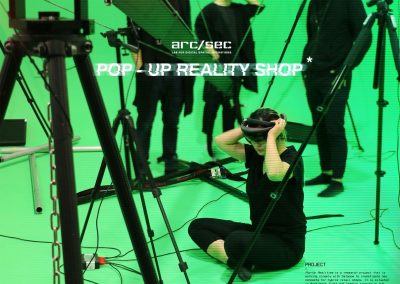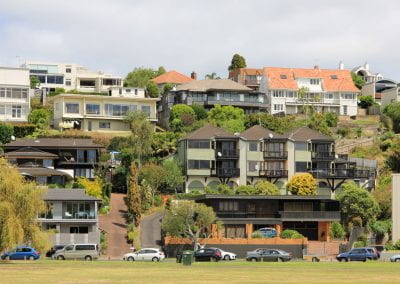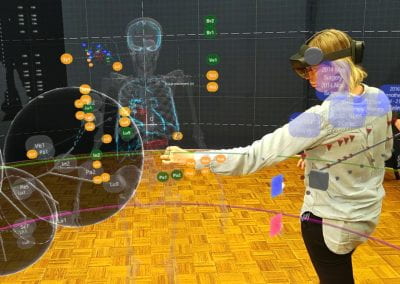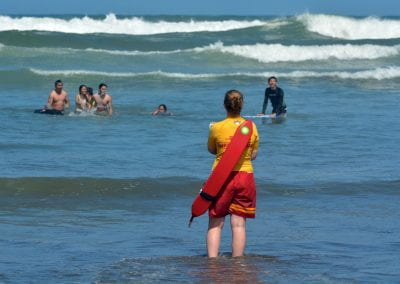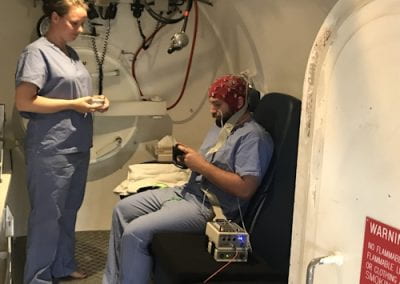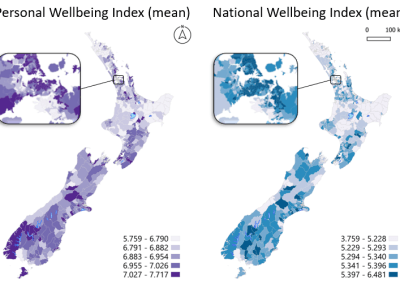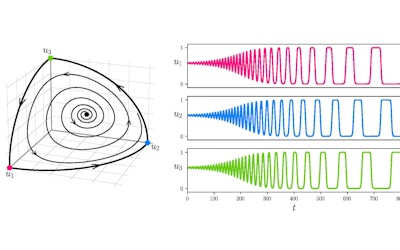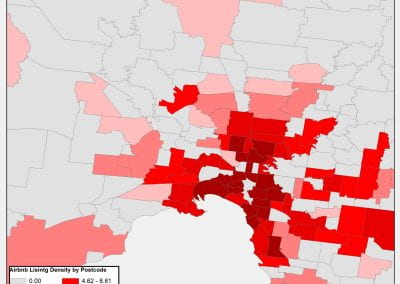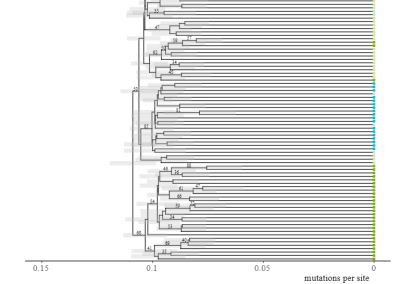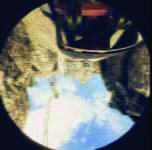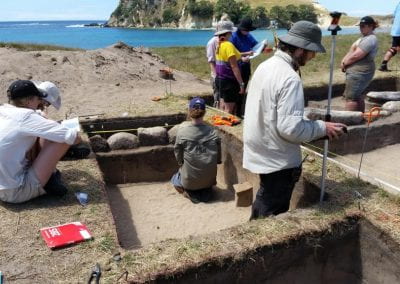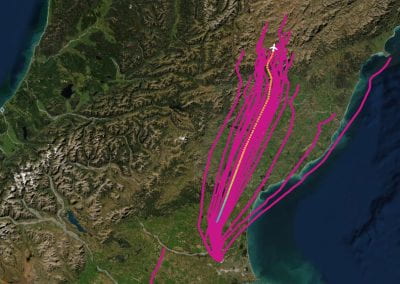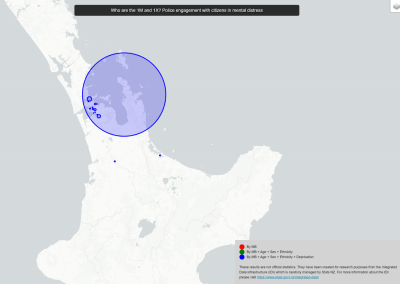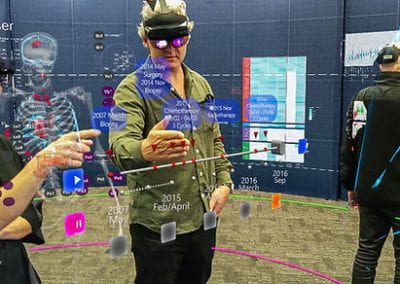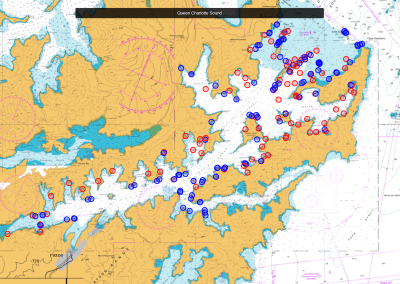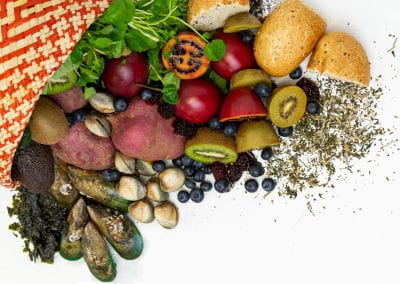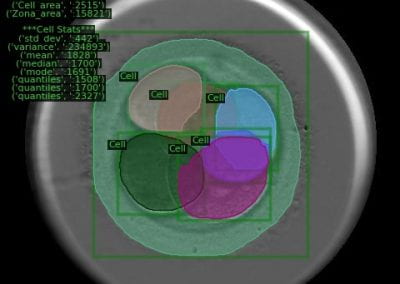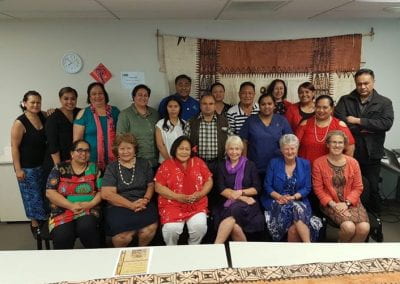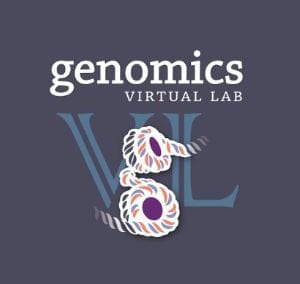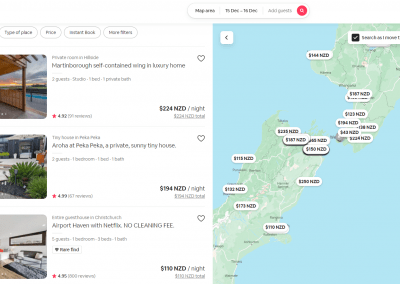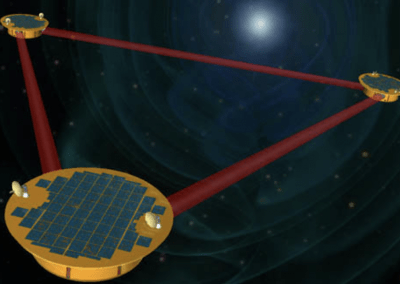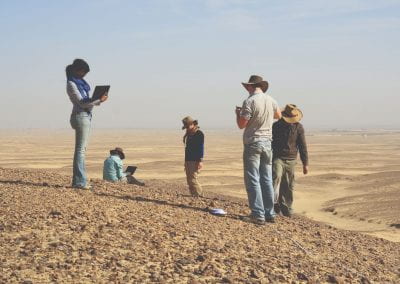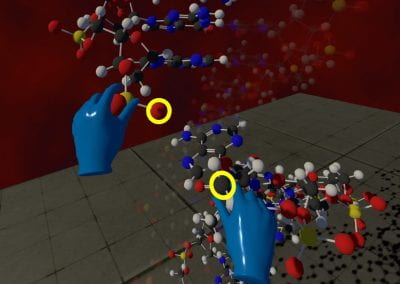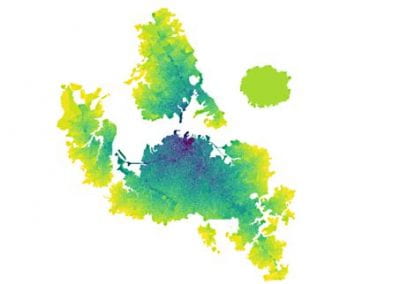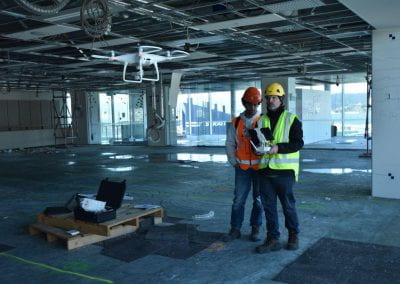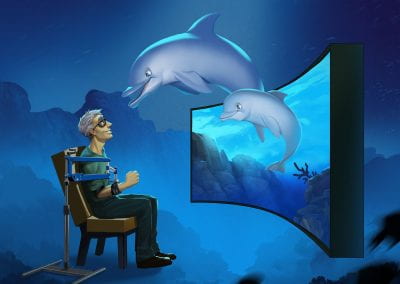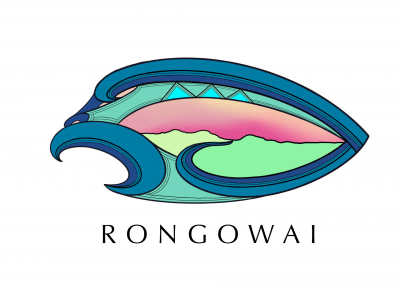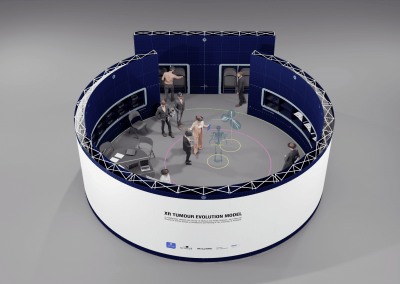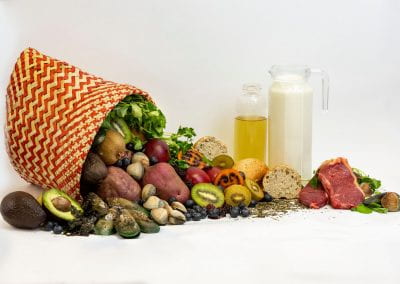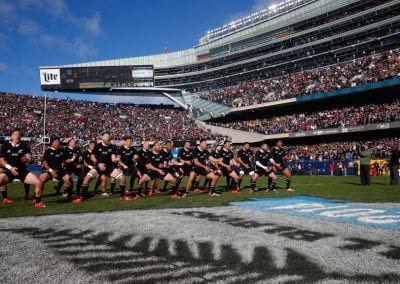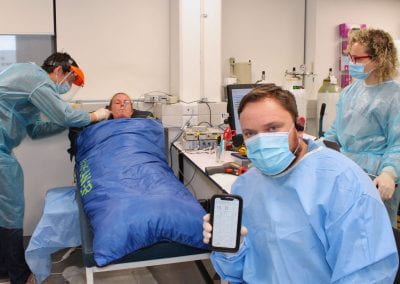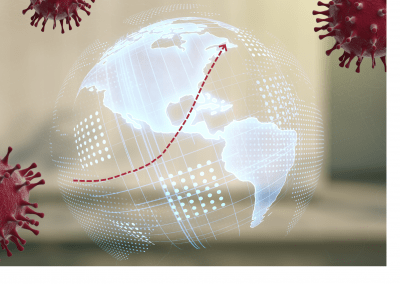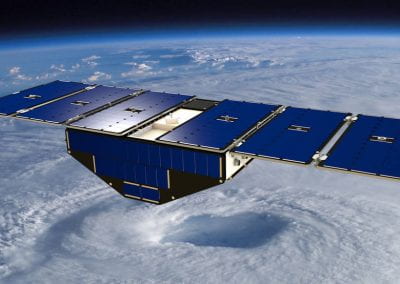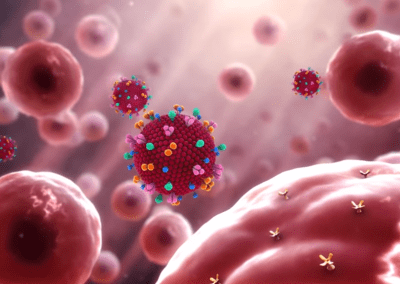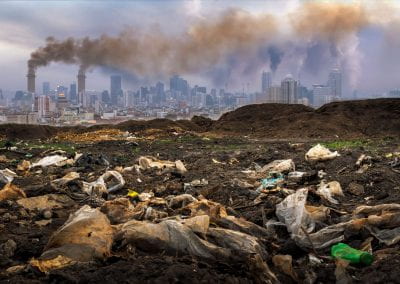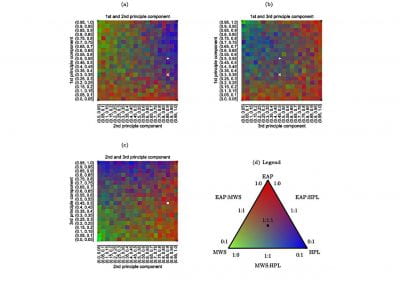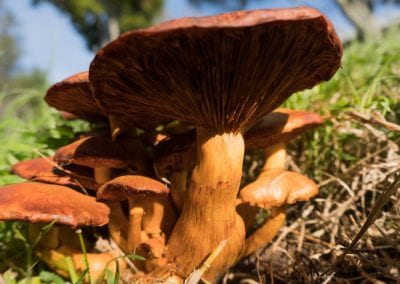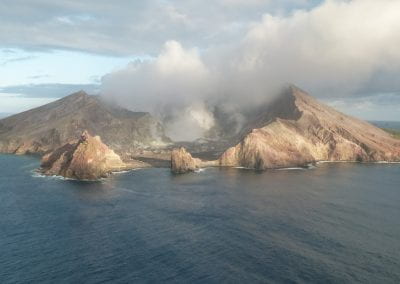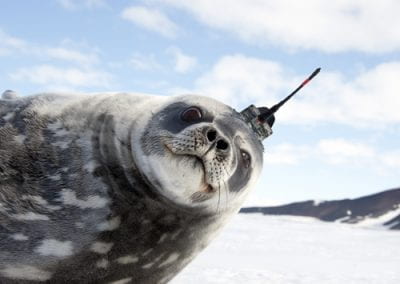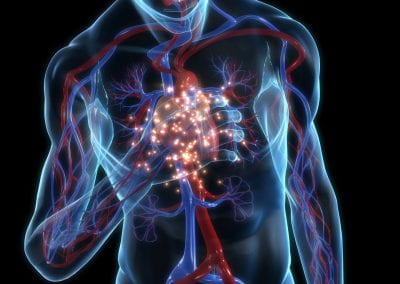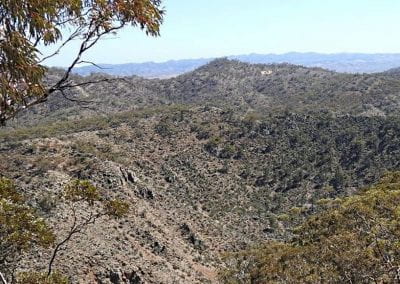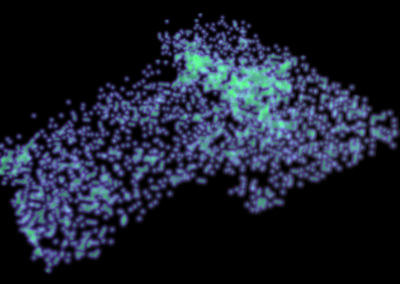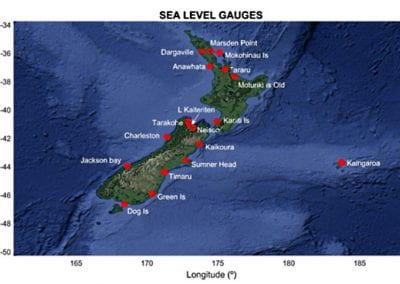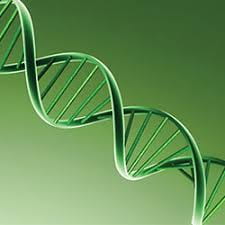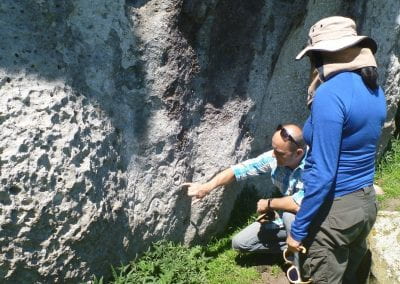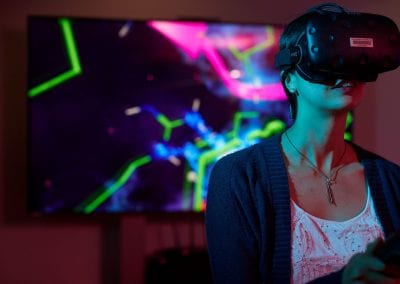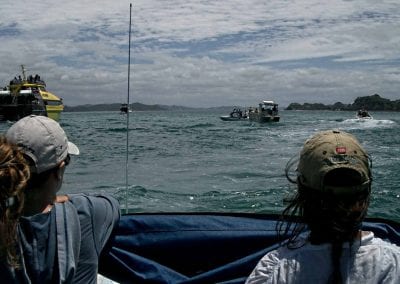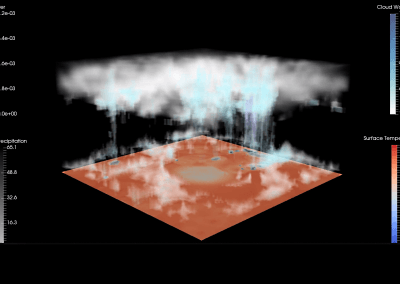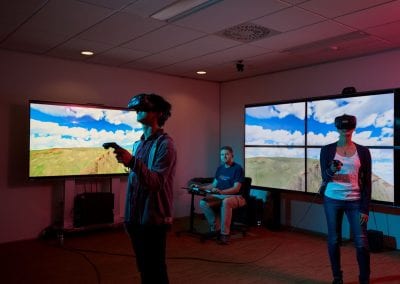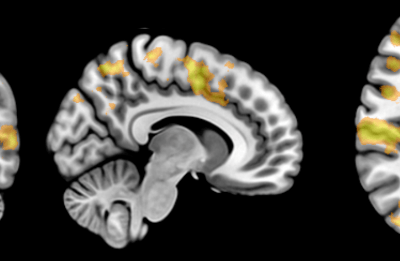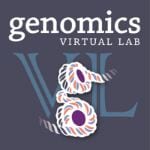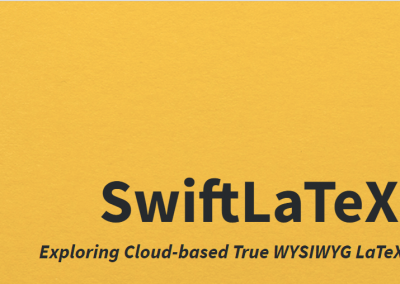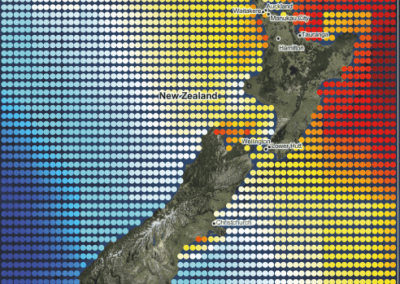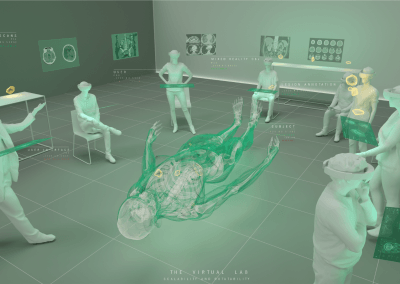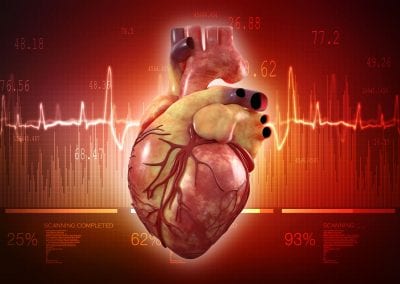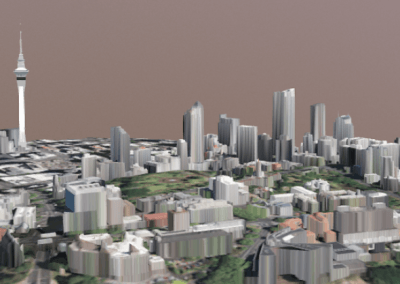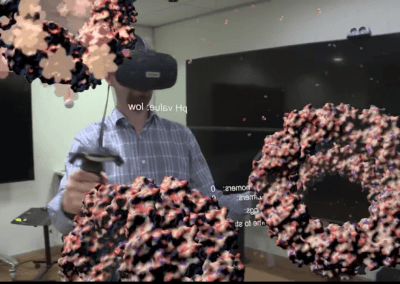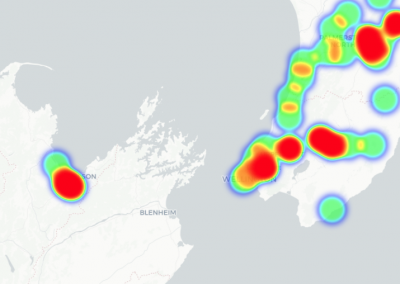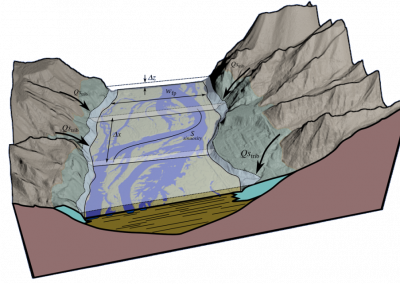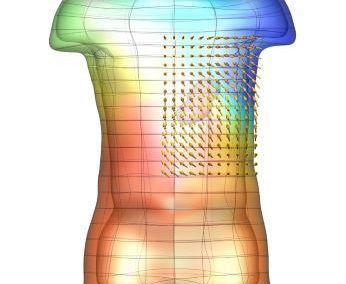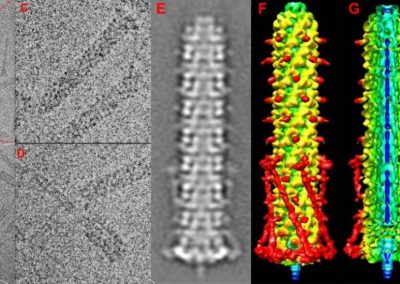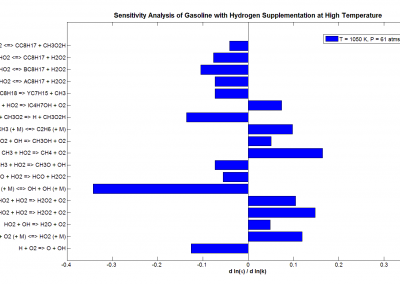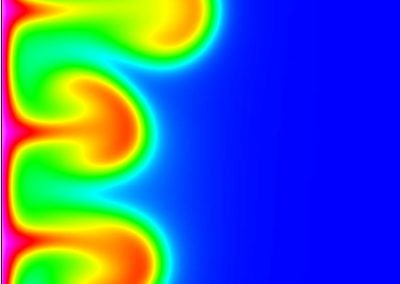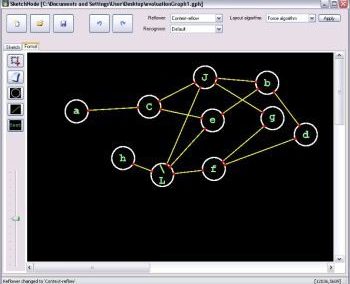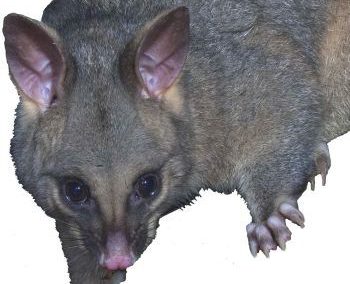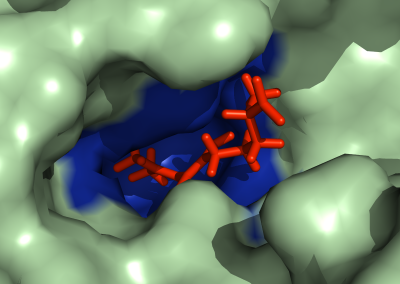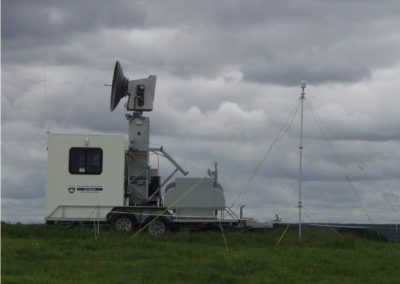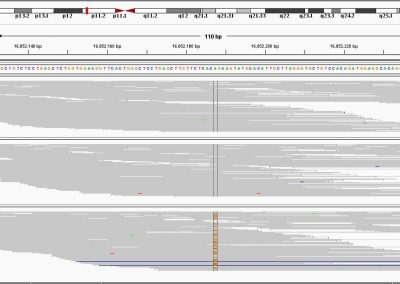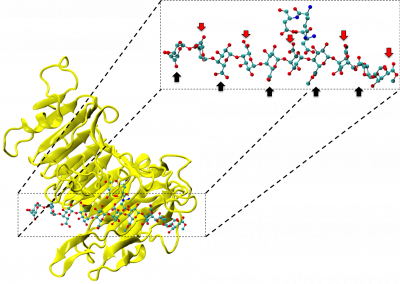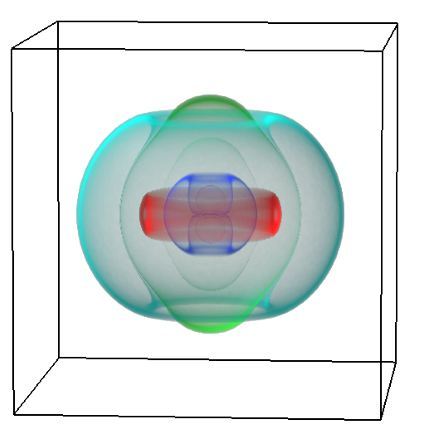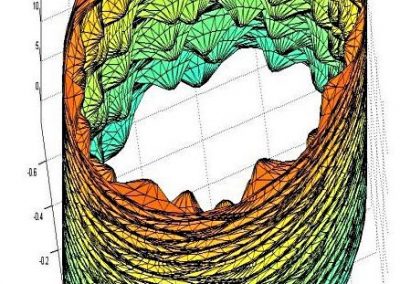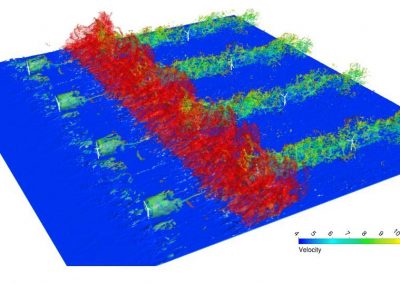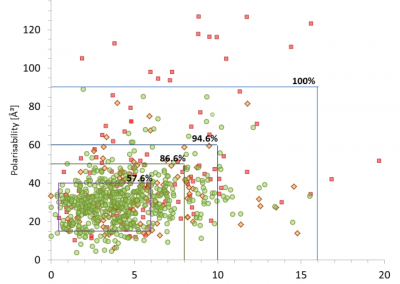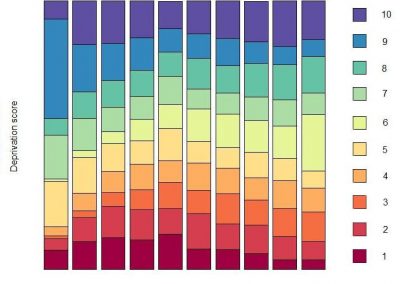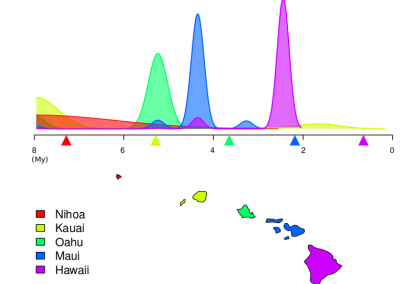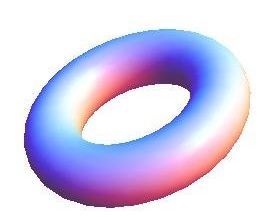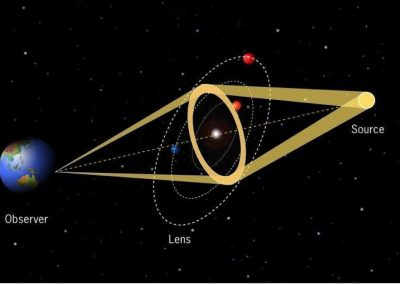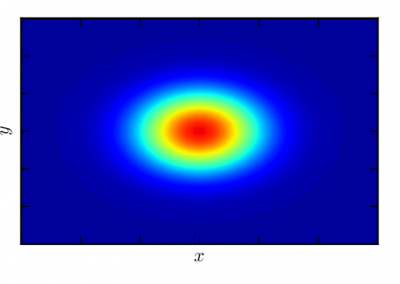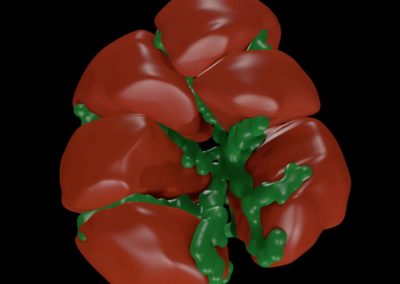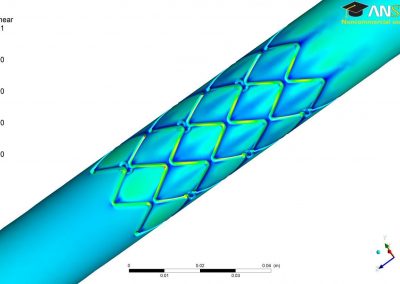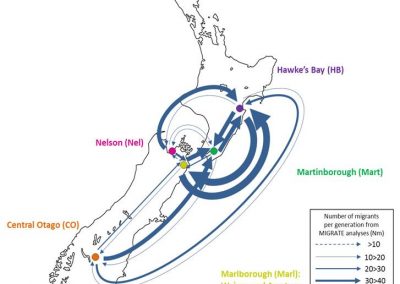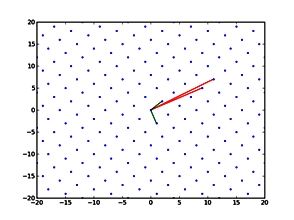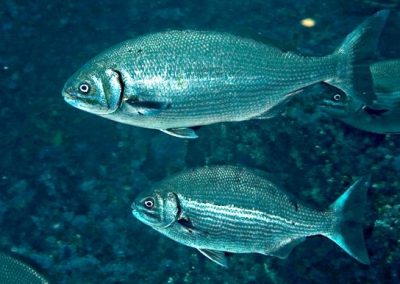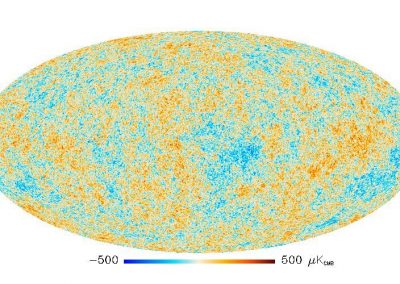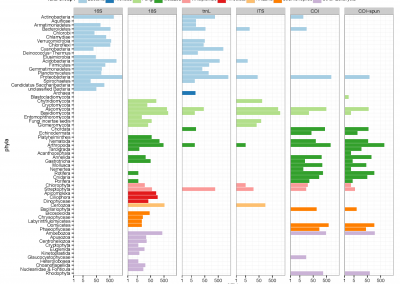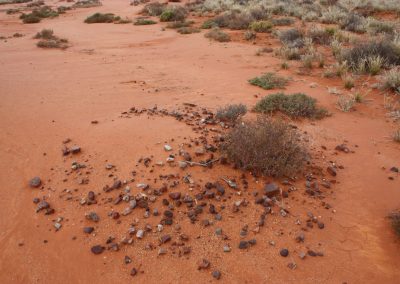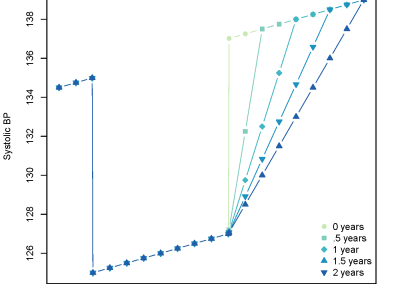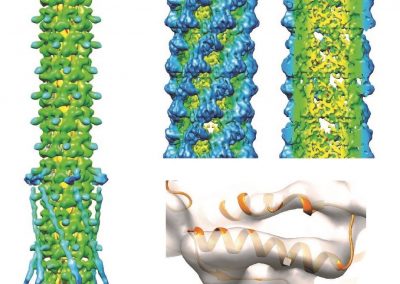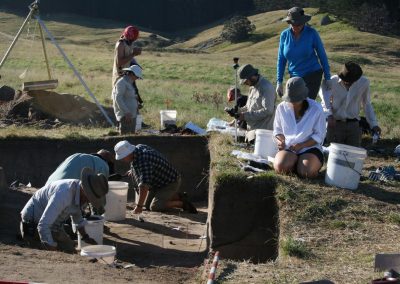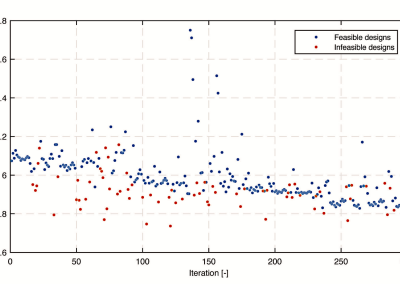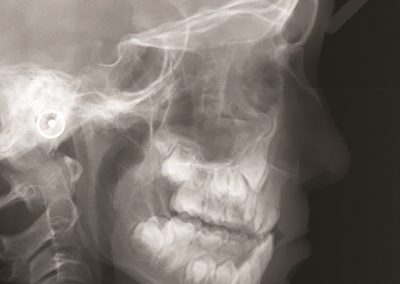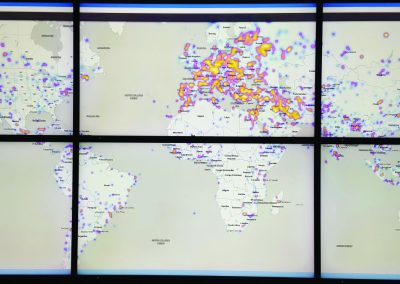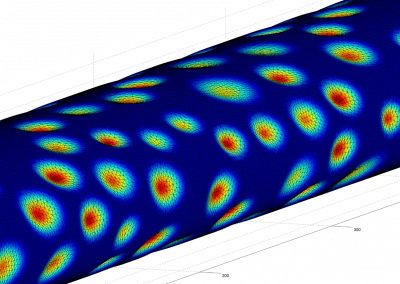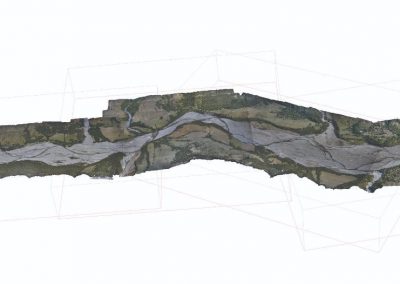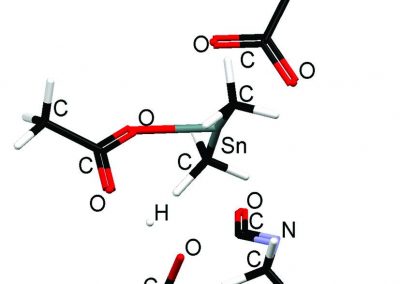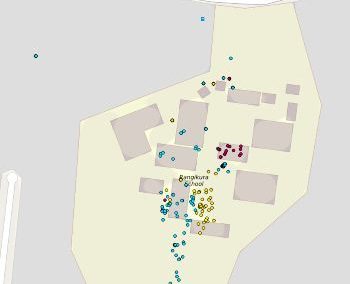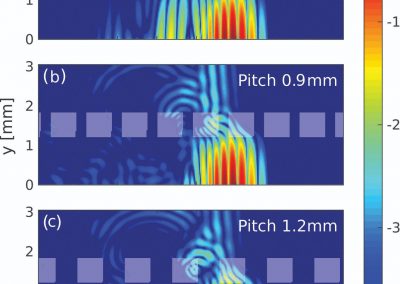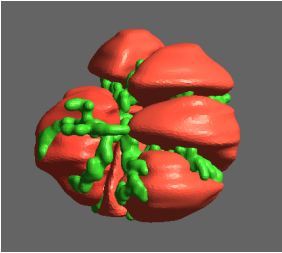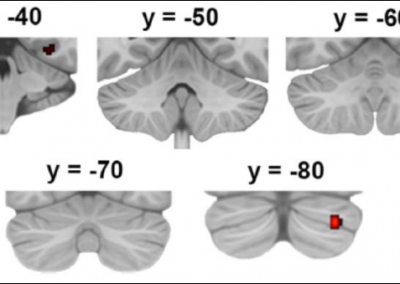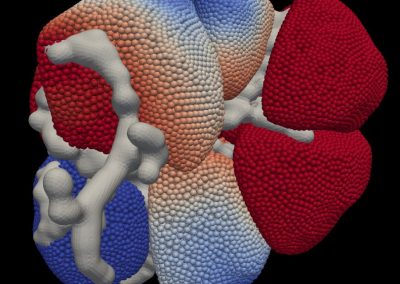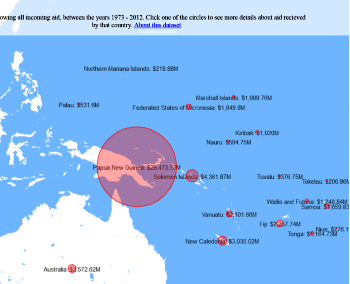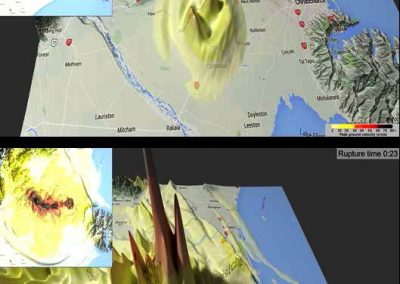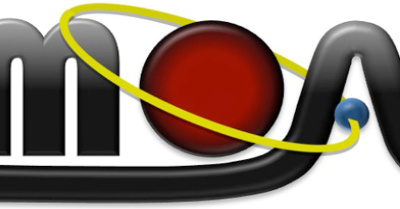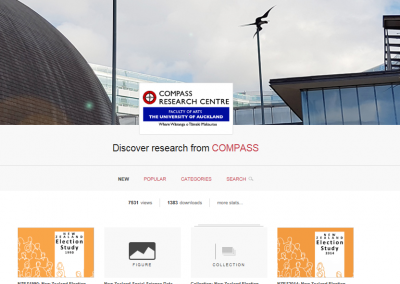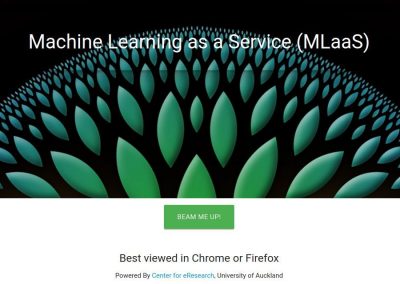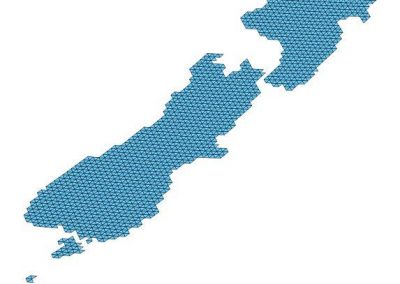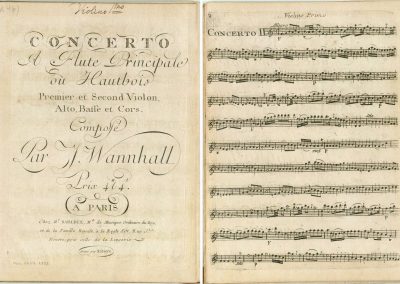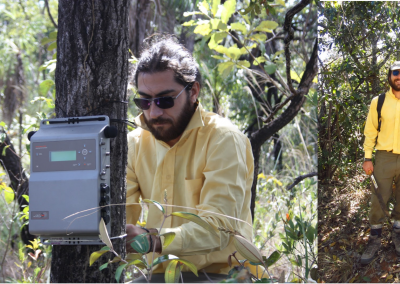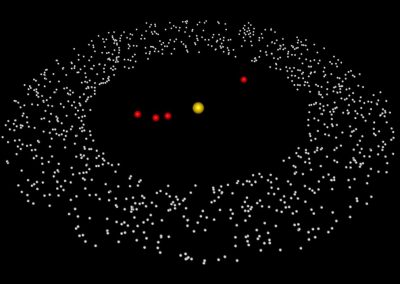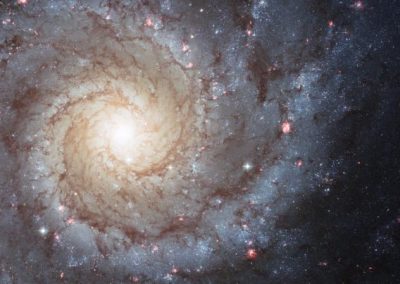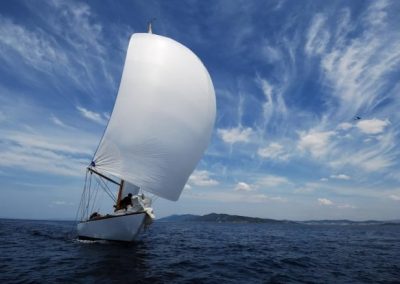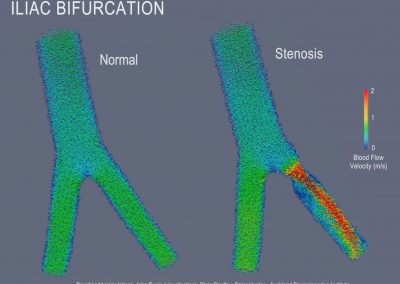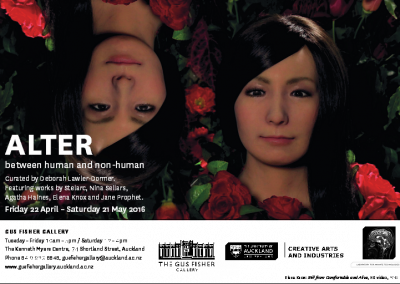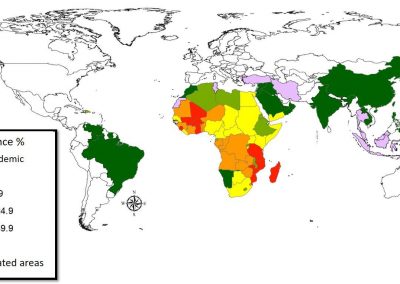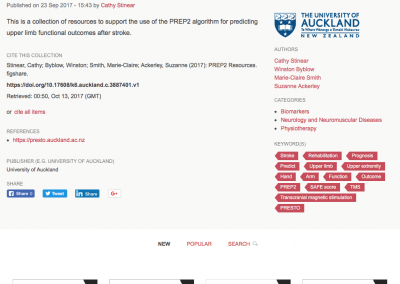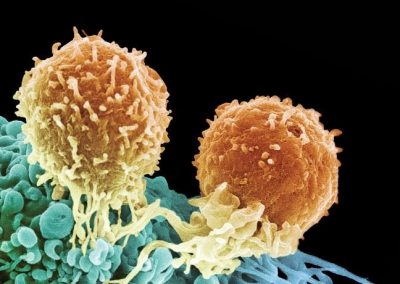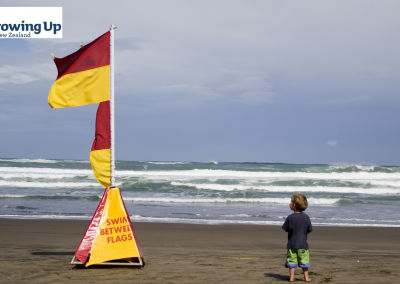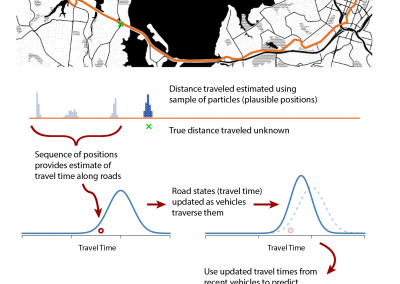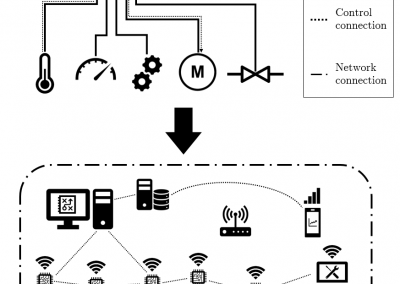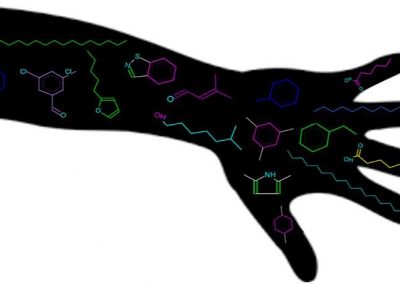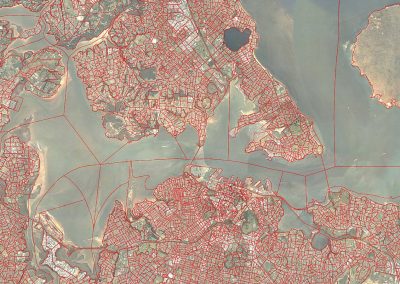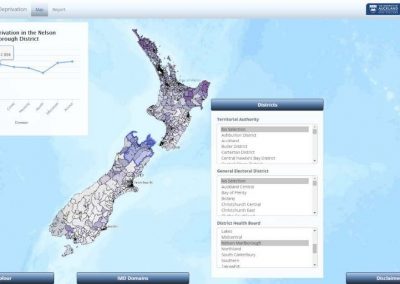
Simulating quantum mechanics on high performance computing cluster
Arne L. Grimsmo, Department of Physics.
Emerging advances in laboratory methods allowing fundamental laws of nature to be studies more closely
The laws of quantum mechanics are often considered mysterious and counter-intuitive where many elusive phenomena predicted by quantum physics have not been directly observable. Fortunately in the last couple of decades impressive progress in the control of single atoms and quanta of light has opened up the fundamental laws of nature to direct experimental study. This offers a promising future where we can employ “quantum technology” to perform tasks not achievable by other means. Examples include quantum cryptography for secure communication or quantum computing for breaking cryptography schemes. The interest in the experimental progress in this field was brought to light when the Nobel prize in physics in 2012 was given to Serge Haroche and David J. Wineland, for their groundbreaking experiments in the manipulation of single atoms and single light particles.
The interaction of light with matter
My research interest within quantum mechanics involves studying the interaction of light with matter on the most fundamental level. Progress in high performance computing (HPC) has helped me simulate the laws of quantum mechanics. This is a very numerically demanding task due to how the size of a quantum system “scales” with the number of particles it consists of. It is therefore necessary to use high performance computer clusters to simulate quantum systems of even moderate size. Such simulations are of great value as outcomes can be used to guide the experimental efforts in the lab and also because simulations offer access to information that is hard or impossible to retrieve by measurement. In this way one can study many elusive phenomenon, such as quantum entanglement, in detail.
At the University of Auckland my co-workers and I have recently made an effort in this direction by simulating a large number of atoms interacting with the electromagnetic field on the NeSI Pan high performance computing cluster. We assume that the atoms are trapped inside a cavity, consisting of highly reflective mirrors, which increases the strength of the interaction between the electromagnetic field and the atoms.
This system has a fascinating property, first predicted theoretically in the 1950s, but not witnessed in experiment until 2010; namely, if the interaction strength between the atoms and electromagnetic field becomes sufficiently strong, the system enters a so-called “super-radiant phase” emitting light at high intensity higher than what one would expect just by adding up the rate of emission from each atom. In the presence of this “collective effect”, where the atoms cooperate to generate light, the atoms and the photons present inside the cavity can no longer be viewed as individual constituents, but are entangled in such a way that they create a fundamentally new type of matter.
By simulating this transition from “normal phase” where the atoms and photons act on an individual basis to the “super-radiant phase” where they collectively cooperate on a computer cluster, we can gain insight into this entangling of light and matter. Our goal is to capture a genuinely quantum phenomenon of entanglement between atoms and an electromagnetic field.
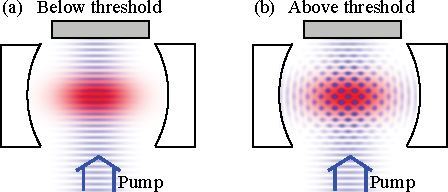
Figure 1 (a) and (b) show the cavity mirrors in white blocks and the cloud of atoms in red. The strength of the interaction between the atoms and the cavity is controlled by the strength of a laser pump shown in blue. (a) Below threshold: Here the coupling strength is weak and the atoms act independently of each other. (b) Above threshold: Here the coupling strength is strong, and the atoms self-organised in a lattice, and cooperate to generate light at high intensity; the so-called super-radiant phase. The atoms and the light are now entangled to make up a new type of matter that is more than just the sum of its parts.
Simulation design
Simulations for a quantum state was represented by 720 × 720 complex numbers. We applied a matrix to the quantum state viewed as a vector which involved a matrix size of (720 × 720) × (720 × 720). To do one run approximately 90 GB of RAM was needed which is largely available on the NeSI Pan cluster.
One hundred simulations were run in parallel which quickly mapped out the behaviour of the system over a large range of model parameters. By looking at the numerical results for the quantum state, one can witness the system going through several transitional regions of different behaviour as we vary the model parameters. Qualitatively, these different behaviours of the quantum state are different phases of the “quantum matter” inside the cavity. The Figures below show visualisation of the quantum state of the electromagnetic field in the cavity, in two different phases for the quantum matter, inferred from our numerical simulation.
International collaboration
Parallel to our numerical simulations, we are now in collaboration with a group of researchers at the National University of Singapore (NUS) who are implementing laboratory experiments to realise the same model. In drawing upon our results, these simulations can provide a useful guide to the researchers at NUS and help them understand the dynamics. We also believe that through the collaboration, we can anticipate novel experimental results and probe deeper into the quantum nature of the interaction of light and matter.
My research efforts in Auckland, and the collaboration my co-workers and I now have with Singapore, would not have been feasible without access to the NeSI computing cluster and the help received from the technical staff at the Centre of eResearch in setting up our simulations. The group at the Centre of eResearch stand out for how they understand the needs of the scientists, and the effort they make to streamline the use of the cluster for us on an individual basis.
Below show a visualisation of the quantum state of the electromagnetic field inside the cavity.

Figure 2: This is what the EM field looks like below threshold. It is in the “vacuum” state (zero photons) which is the same state it would be in if there were no atoms present. Interestingly, due to quantum mechanical fluctuations, even the vacuum state has an interesting structure.
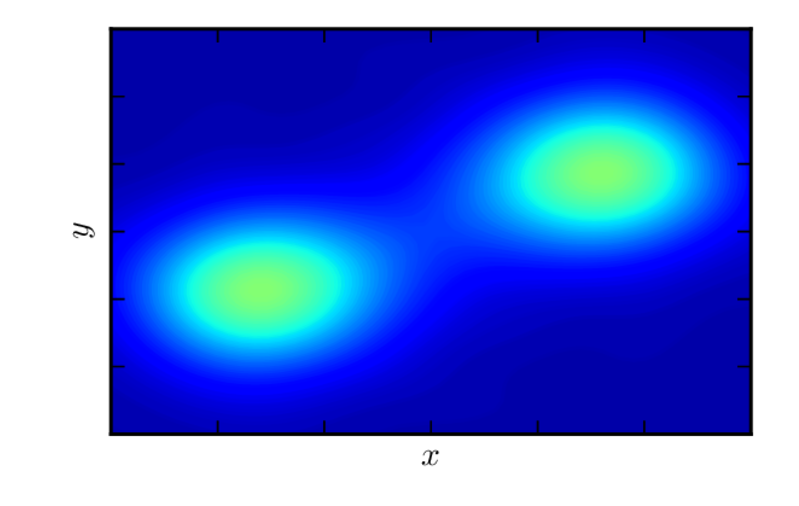
Figure 3: The EM field above threshold; the superradiant phase. The two-peak structure with concentrations away from the origin (0,0) is a quantum state with a large number of photons.
See more case study projects

Our Voices: using innovative techniques to collect, analyse and amplify the lived experiences of young people in Aotearoa
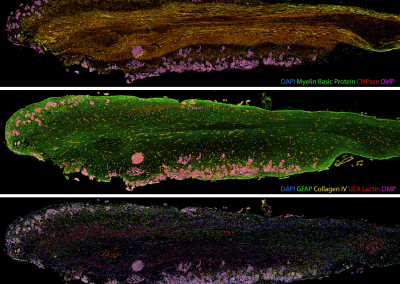
Painting the brain: multiplexed tissue labelling of human brain tissue to facilitate discoveries in neuroanatomy
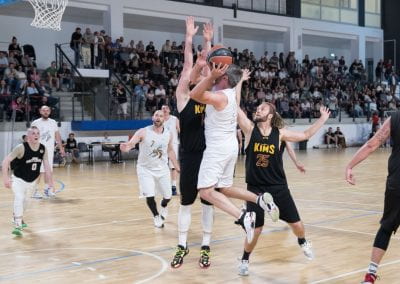
Detecting anomalous matches in professional sports: a novel approach using advanced anomaly detection techniques
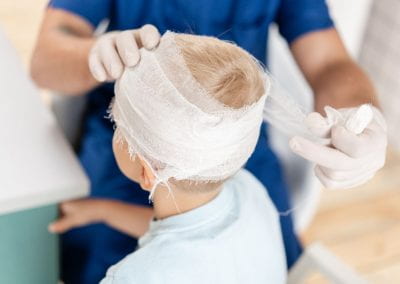
Benefits of linking routine medical records to the GUiNZ longitudinal birth cohort: Childhood injury predictors
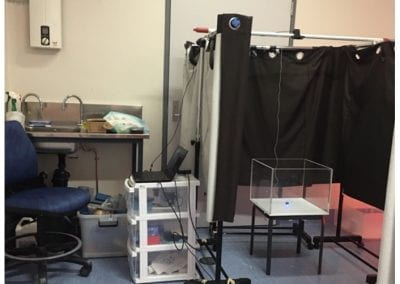
Using a virtual machine-based machine learning algorithm to obtain comprehensive behavioural information in an in vivo Alzheimer’s disease model
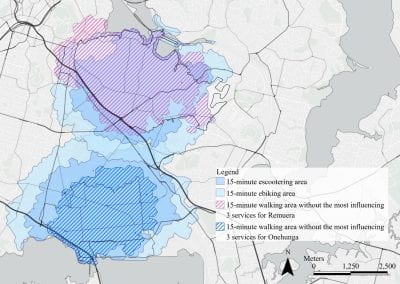
Mapping livability: the “15-minute city” concept for car-dependent districts in Auckland, New Zealand
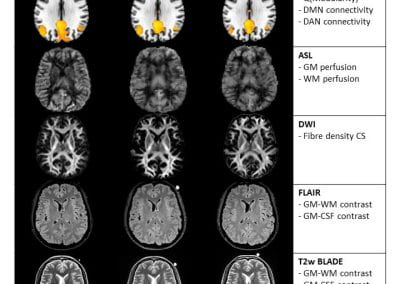
Travelling Heads – Measuring Reproducibility and Repeatability of Magnetic Resonance Imaging in Dementia
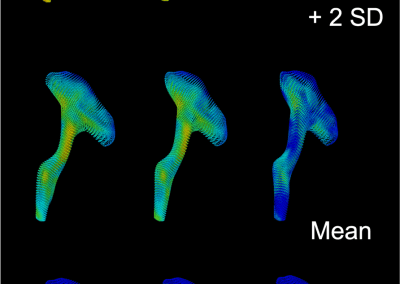
Novel Subject-Specific Method of Visualising Group Differences from Multiple DTI Metrics without Averaging
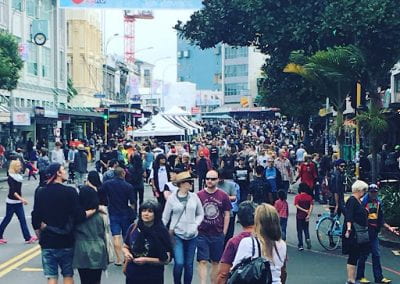
Re-assess urban spaces under COVID-19 impact: sensing Auckland social ‘hotspots’ with mobile location data
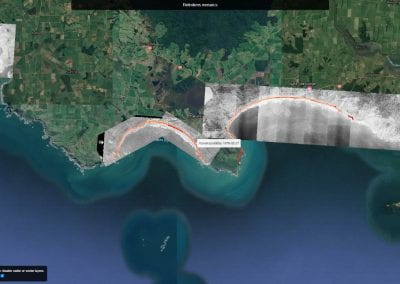
Aotearoa New Zealand’s changing coastline – Resilience to Nature’s Challenges (National Science Challenge)
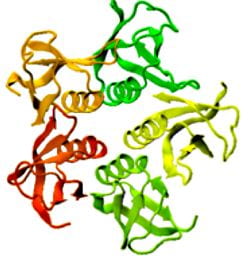
Proteins under a computational microscope: designing in-silico strategies to understand and develop molecular functionalities in Life Sciences and Engineering
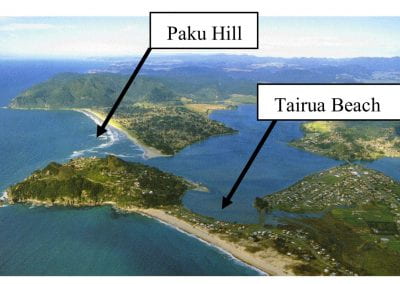
Coastal image classification and nalysis based on convolutional neural betworks and pattern recognition
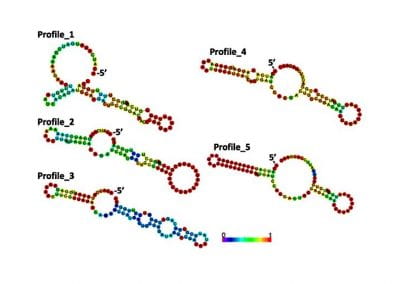
Determinants of translation efficiency in the evolutionarily-divergent protist Trichomonas vaginalis
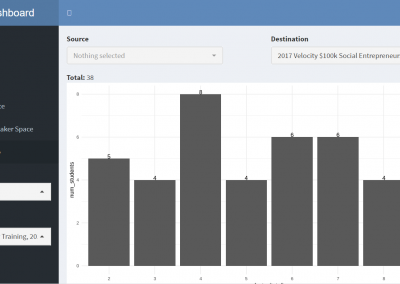
Measuring impact of entrepreneurship activities on students’ mindset, capabilities and entrepreneurial intentions
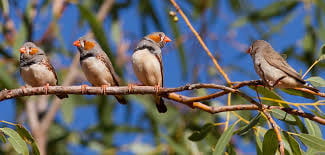
Using Zebra Finch data and deep learning classification to identify individual bird calls from audio recordings
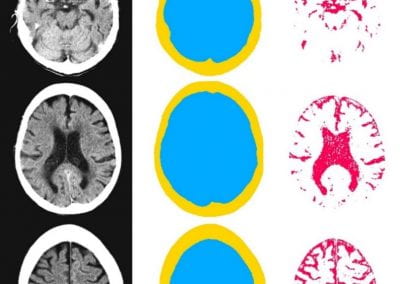
Automated measurement of intracranial cerebrospinal fluid volume and outcome after endovascular thrombectomy for ischemic stroke
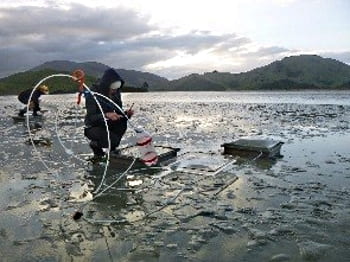
Using simple models to explore complex dynamics: A case study of macomona liliana (wedge-shell) and nutrient variations
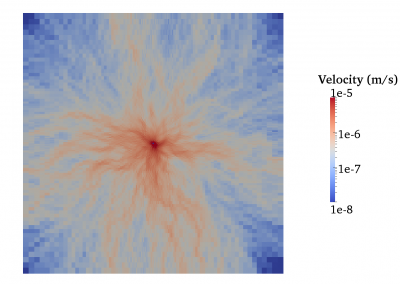
Fully coupled thermo-hydro-mechanical modelling of permeability enhancement by the finite element method
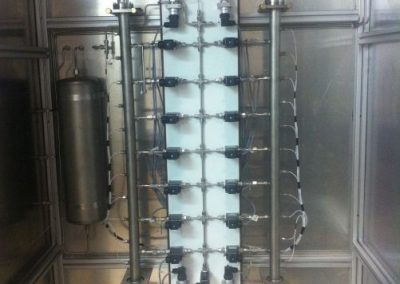
Modelling dual reflux pressure swing adsorption (DR-PSA) units for gas separation in natural gas processing
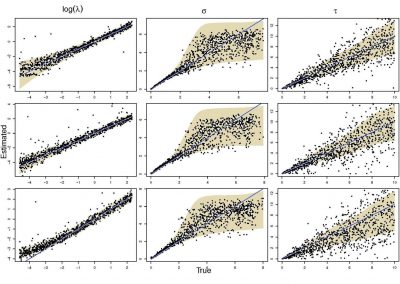
Molecular phylogenetics uses genetic data to reconstruct the evolutionary history of individuals, populations or species
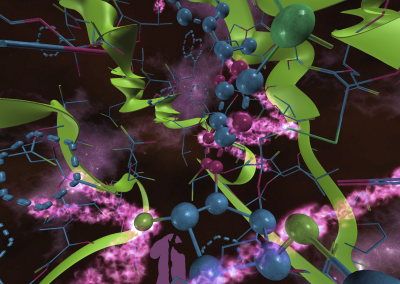
Wandering around the molecular landscape: embracing virtual reality as a research showcasing outreach and teaching tool
